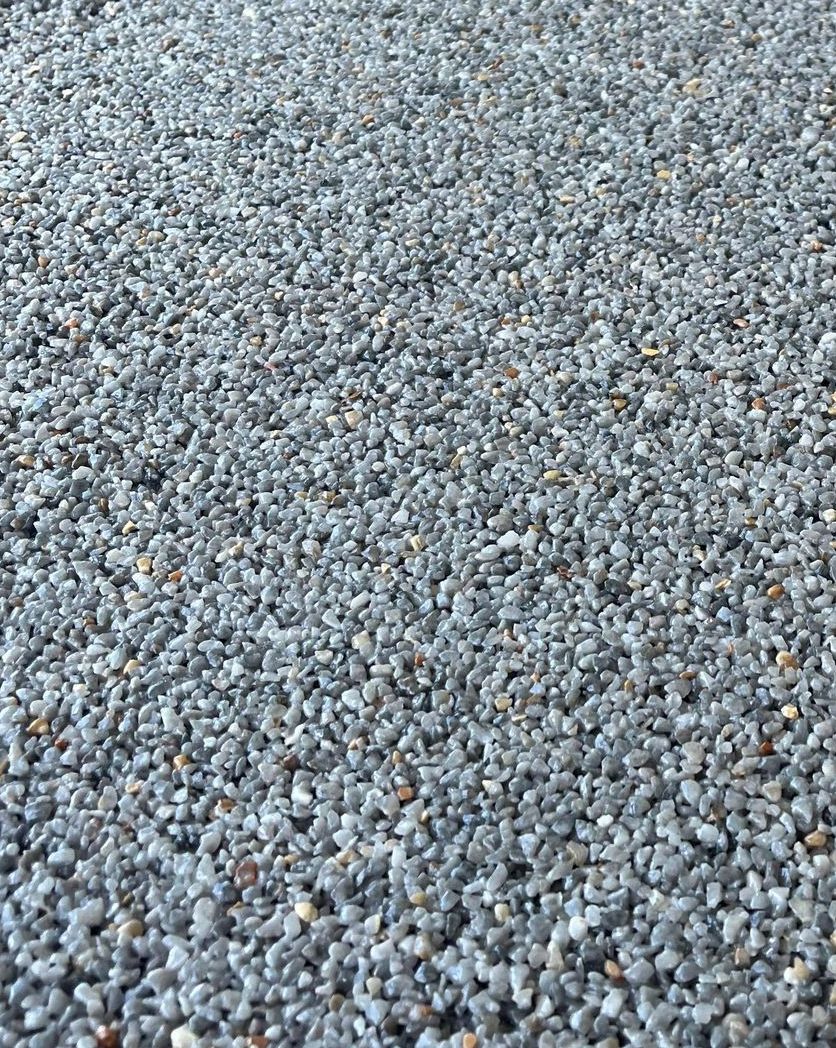How to Screed Concrete Tips

The process of screeding concrete is not easy to do. Several factors must be taken into consideration, such as the quality of the screed and how to work around the walls. It is therefore important to take a few quick tips to ensure that you achieve the results you want.
Dry screeding
Dry screeding is a process that can be applied to concrete slabs and beams. It creates a thin concrete-like substance that is spread with a float and trowel. A sand and cement mix is used for this type of screed.
Before beginning screeding, make sure the slab is clean. Debris can interfere with the spreading of the screed and prevent it from settling evenly. You should also vacuum and sweep the area to remove any dust and debris.
Once the concrete has been poured, you can start spreading it. The screeding process can take 30 minutes to complete. This is the time to apply the bonding agent to the screed. After the screed is fully mixed, you can apply the grout. If you have a large project, you may want to consider using a laser screed. These machines are available in several different widths and come with an auger, plough, vibrator and other features. They are particularly useful for commercial and industrial flooring applications.
When screeding, you should be careful not to push the screed too hard. Using a hammer and chisel can cause damage to the concrete surface. Make sure you use a straight edge to help with levelling.
If you want to get a smooth finish, you can use a steel trowel. Alternatively, you can use a broom to gently brush the surface. You should also use a plastic sheet to separate the concrete from the screed layer.
To ensure that your concrete is level, you can use a spirit level to check the slab. You should leave the slab to dry for at least seven days. However, you should leave it for longer if you have problems with the levelling.
Before you begin, you should be aware of the various types of screed. There are two main types, which include wet and dry screeds. Both require different preparations and applications. For instance, wet screeds are bonded to the substrate, while dry screeds are not.
For wet screeding, it is important to ensure that the concrete mix is mixed correctly. Add water to the mixture when necessary. Ideally, the screed should be mixed with a bonding agent, such as PVA glue or SBR. While this method is often more efficient, it can be quite strenuous.
Dry screeding is a good option for small amounts of concrete. The sand and cement mix is mixed in a 1:1 ratio, and the amount of water should be adequate to allow for spreading. Sands with varying grain sizes should be used. In addition, you should add enough water to the mix to produce a slurry that looks like paint.
Generally speaking, dry screeds are preferred in cold weather. But they are also available in pre-mixed form. Some are designed to contain retardants, which delay the set time of the screed.
Traditional screed
Various types of screeds are available on the market. The type you choose will depend on the project and the environment. In general, a floor screed is a cementitious mix that is used to level the subfloor and prevent cracking. If you are looking for the best solution for your construction needs, you should get some professional advice before making any purchase decisions.
The classic sand and cement screed is a common choice for domestic projects, although it can also be found on larger housing estates. It is often mixed on-site and is relatively inexpensive to produce. However, it has very limited patching capabilities. For those who want more flexibility, there are other types of screed.
There are also pumped liquid screeds, which are self-levelling and improve heat transfer. They can also be used to fix precast concrete beams. Pumped screeds are a specialist business and should be undertaken only by experienced professionals.
Besides traditional sand and cement, there are many more screed options out there. Some have fibre additions, which provide increased strength and reduce the risk of shrinkage cracking. Others have polymers, which add chemical and water resistance properties to the screed. Several floor screeds also have superplasticisers, which make the product thinner.
When choosing a supplier, it is important to choose one that has state-of-the-art technology and a skilled team of experts. Ask about the equipment they use, the workforce, and the planning process before committing to a company. Make sure to ask about the budget you're working with. Also, if you're installing underfloor heating, check the manufacturer's recommendations for the appropriate amount of cover.
As well as sand and cement, you can add several other additives to the screed. These can include retardants, which delay the set time and make the job go a little smoother. You can also buy a polyurethane float for smoothing the finish. Another good thing about a traditional dry screed is that it is low-maintenance. Once the screed has fully dried, you can polish it to give it an elegant appearance.
The old-fashioned sand and cement screed is relatively cheap to produce, but it's not always suitable for your needs. It has limited flexibility and patching capabilities, and it's susceptible to cracking when land moves.
Liquid screeds are fast to lay, and they're a bit more expensive than their traditional counterparts. They're self-levelling and can be used to fix block floors with camber. To properly install a pumped liquid screed, you'll need to ensure the area you're working on is properly ventilated. Whether you're using a traditional or a liquid screed, you should keep these simple tips in mind.
The most obvious is the fact that you need to select the right floor screed for your project. Depending on your requirements, you can choose between a classic sand and cement screed, a granolithic screed, a liquid cement screed, or a pumped liquid screed. Each option has its advantages, but you must weigh the benefits and drawbacks before deciding.
Floated screed
If you have decided to use a floating screed to finish your concrete floor, you need to know a few important tips for using the technique. This technique is used to flatten your floor and bring it closer to the finished surface. It will also make the surface waterproof and durable.
To start, you need to set up your forms. They should be set at the proper grade. The form should also be secured correctly. You should overlap the sheeting on both sides by at least 20 cm. After that, you should secure it to the walls and the top of the screed.
You should also be careful not to overwork your concrete. Overworking it will weaken it. Also, you need to be sure that you keep it well-aerated. When you are done spreading, you should let it sit for a while. This will allow the water to drain out of the slab and decrease airborne particles.
Finally, you need to select the right tool for the job. There are many different types of tools available. Each one has its advantages and disadvantages. Some are more expensive than others. But you can still find some good options for less money at home centres.
There are several different types of blades for finishing concrete. One of the simplest methods is to use a combination blade. A combination blade allows you to do both floating and finishing in the same step. However, a combination blade is more expensive. Similarly, there are Clip-On Float Blades that slide over Finish Blades.
Another popular method is to use a bull float. These floats feature seven interchangeable magnesium blades. Bull floats are generally more narrow, but they offer an excellent solution for exposed aggregate. It is possible to get a more realistic effect than with a bull float.
Lastly, you need to ensure that you get the best quality screed. If you are unsure whether the float you are buying is good for the job, you should contact professionals who work with them. Otherwise, you may end up with a poor-quality product that will not do the job as well as it could.
Choosing a float is one of the most important steps in a concrete pour. Depending on the application, you can choose from a variety of different floats. Many are designed for specific jobs. For example, if you want to build a garage, you'll want to pick a float with a narrow profile. Alternatively, if you want to lay a decorative floor, you might consider a floating float.
While you can use a bull float for large jobs, you can also opt for hand floats. Hand floats can be very useful for smaller projects. Generally, hand floats are used in places where there is little to no room for a bull float.
If you enjoyed our article on how to screed concrete, we hope you will get in touch by calling us at
(03) 9123 6422 if you need a trusted concrete screeding service in the future. It is our pleasure to help you with any concrete projects!
Ready to work with Cranbourne Concreters?
Let's connect! We’re here to help.
Send us a message and we’ll be in touch.
Or give us a call today at (03) 9123 6422

